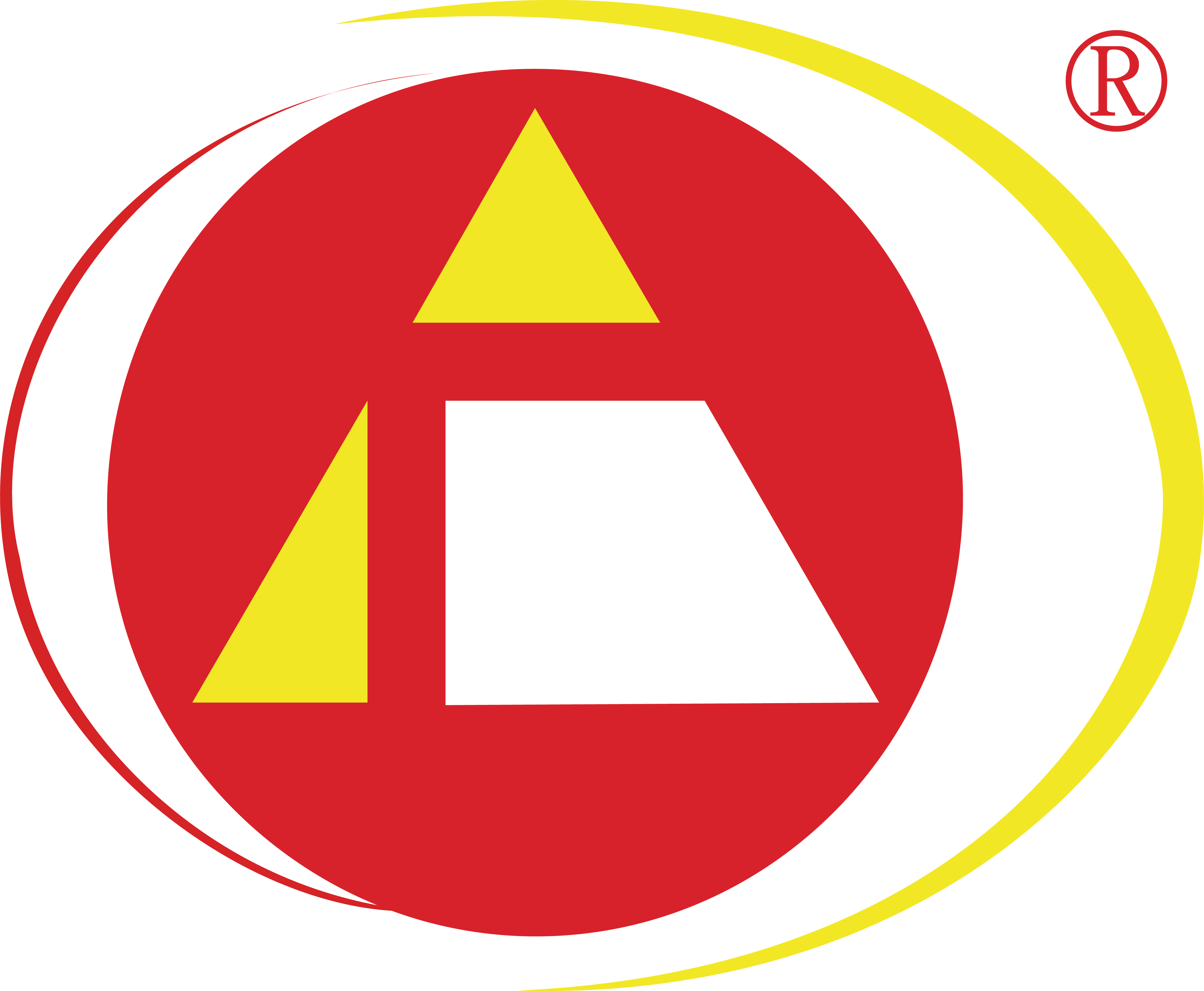Pretreatment E-coat Painting System E-coating Line
Description
Cathodic epoxy electro-coating is the benchmark for corrosion resistance. Widely used in the automotive and automotive parts industries, they provide superior salt spray, humidity and cyclic corrosion resistance. However, the cathodic epoxy technologies generally require a topcoat to be protected from sunlight. Aromatic epoxy-type coatings are particularly prone to chalking and degradation by the UV components of sunlight.
Cathodic acrylic electro-coating is available in a wide range of glosses and colors to maximize exterior durability, gloss retention, color retention and corrosion protection. These products are used as a one-coat finish in the agricultural, lawn and garden, appliance, and air-conditioning industries.
Cathodic acrylic electrocoatings are typically used in applications where both UV durability and corrosion protection on ferrous substrates (steel) are desired. The cathodic acrylics are also used in applications where light colors are desired.
Product Display




Four Steps of the Electrocoating Process
The electrocoat process can be divided into four distinct sections:
• Pretreatment
• E-coat tank and ancillary equipment
• Post rinse
• Curing oven
In a typical e-coat process, parts are first cleaned and pretreated with a phosphate conversion coating to prep the part for electrocoating. Parts are then dipped into a paint bath where direct current is applied between the parts and a “counter” electrode. Paint is attracted by the electric field to the part and is deposited on the part. Parts are removed from the bath, rinsed to reclaim undeposited paint solids, and then baked to cure the paint.
Seven Steps for Pretreatment
Prior to paint film application, most metal surfaces receive pretreatment that usually involves a conversion coating.
The typical pretreatment process for e-coat consists of the following steps:
1) Cleaning (one or more stages)
2) Rinsing
3) Conditioning
4) Conversion coating
5) Rinsing
6) Post-treatment
7) Deionized water rinsing.
Phosphating processes can be separated into two types: iron phosphate and zinc phosphate. Iron phosphate has been the process of choice for applications where overall cost considerations override performance needs. Since iron phosphates are thinner coatings than zinc phosphates and only contain the metal ion of the substrate being processed, they provide reduced corrosion resistance compared with a zinc phosphate system. However, with environmental restrictions becoming increasingly tight with respect to heavy metals, an iron phosphate coating coupled with thorough post treatment may offer a viable alternative while still meeting required corrosion specifications. Zinc phosphates have become the preferred prepaint treatment in the metal finishing industry, especially with the use of electrocoat paint systems. The reason is that they provide better corrosion resistance and paint adhesion than iron phosphates under more demanding conditions.

















